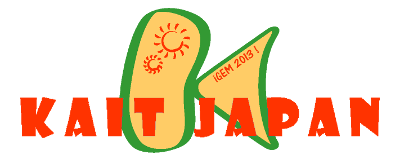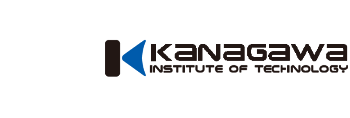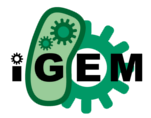Team:KAIT Japan/Safety
From 2013.igem.org
(Difference between revisions)
| Line 31: | Line 31: | ||
<big>1 ● Greater than 1 ○</big> | <big>1 ● Greater than 1 ○</big> | ||
| - | If you answered 1+, please also complete the iGEM Biosafety form part 2 for any organisms in this category. | + | ::If you answered 1+, please also complete the iGEM Biosafety form part 2 for any organisms in this category. |
| - | + | <br> | |
| + | <big>3. List and describe all new or modified coding regions you will be using in your project. (If you use parts from the 2013 iGEM Distribution without modifying them, you do not need to list those parts.)</big> | ||
Revision as of 00:45, 28 September 2013
|
|
Safety
Basic Safety Questions for iGEM 2013
1 ● Greater than 1 ○
|
 "
"




